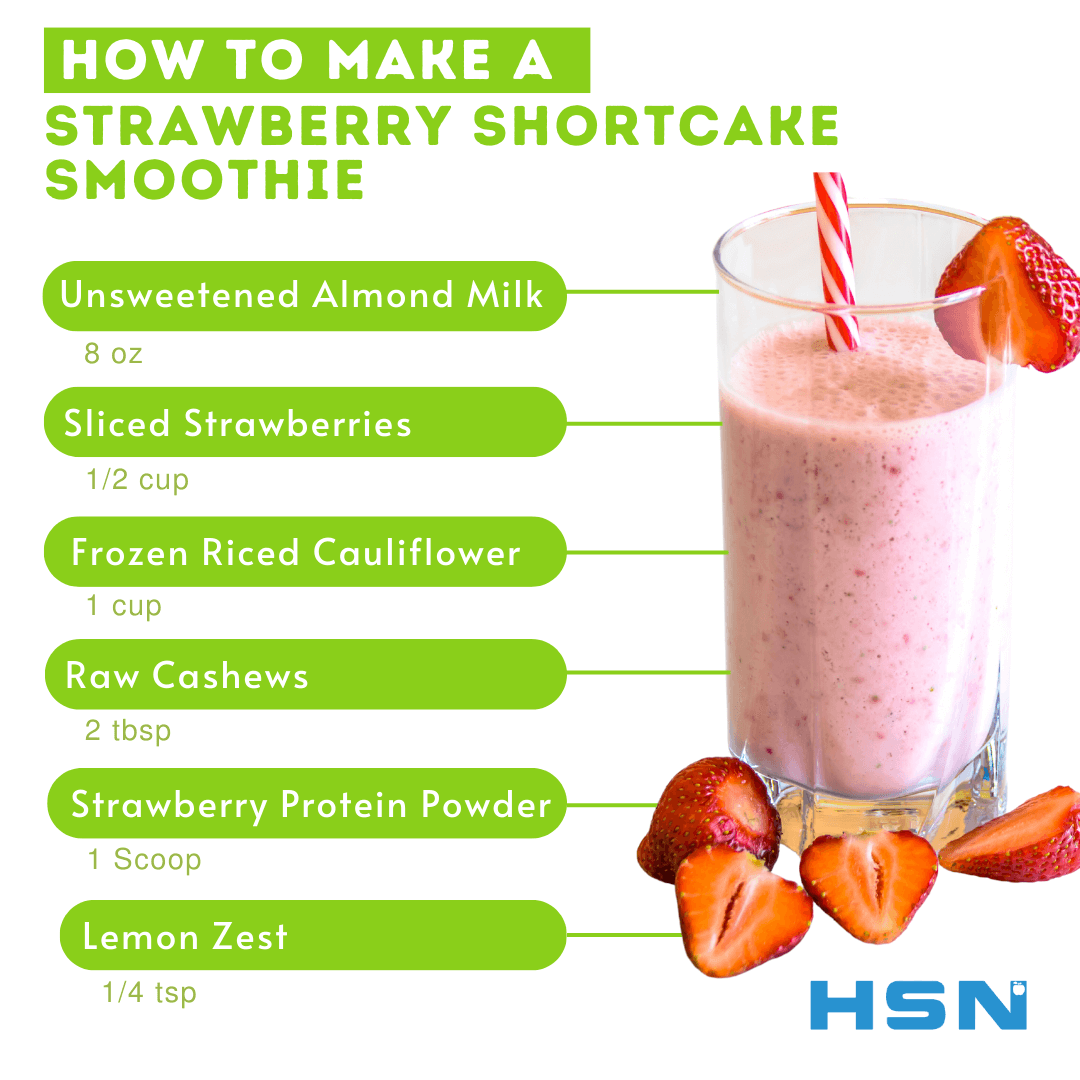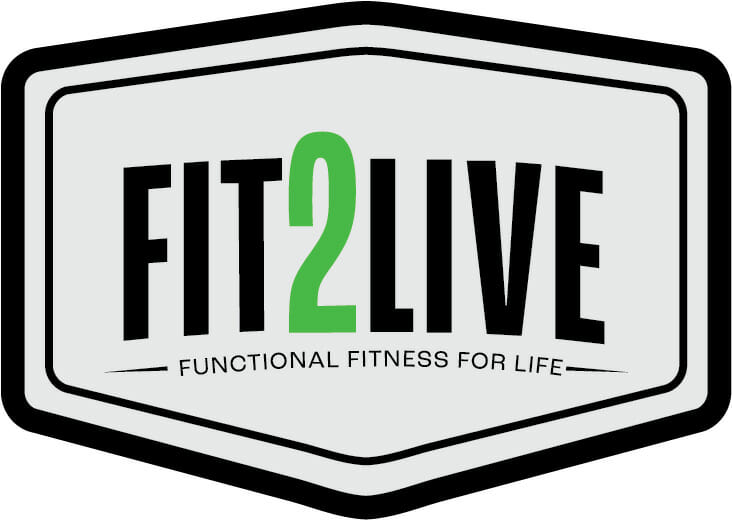Did you know?
Usually, you need to try something new around 7 to 10 times before you can decide if you really like it or not.
And….
Nearly 90% of people in the United States do not meet the recommended daily vegetable intake. To make things even more confusing, these recommendations vary depending on where you live.
For instance, the USDA suggests consuming 3-5 servings of vegetables per day, while Australia recommends 8 servings, and Denmark suggests 6 servings.
When we see that 90% of folks aren’t getting enough veggies, it makes us wonder: What’s stopping us? Is it the cost, the availability, or maybe just figuring out which veggies to choose?
*https://www.dietaryguidelines.gov/sites/default/files/2020-12/Dietary_Guidelines_for_Americans_2020-2025.pdf

Let’s dive into our 3 simple tips to increase your veggie intake.
Tip #1: Variety
Have you ever heard the saying “eat the rainbow”? No, it’s not about colorful candies like Skittles or M&Ms!
So, what does it mean, and why is it so important to have a mix of colorful fruits and veggies in your diet?
Enjoying a colorful mix of fruits and veggies is important because each color signifies a special bundle of nutrients and health perks. These phytonutrients are natural compounds that plants use to defend themselves against things like germs, bugs, and even the sun. And here’s the cool part: each color tells you that there are different kinds of nutrients packed inside.

Let’s take a look:
- Red: Foods like tomatoes & red bell peppers are packed with lycopene and vitamin C which support heart health.
- Orange: Carrots, sweet potatoes, and butternut squash boast beta-carotene, a nutrient that converts into vitamin A in your body. This supports healthy eyesight and boosts your immune system.
- Green: Think of spinach, kale, and broccoli. They’re packed with chlorophyll, essential vitamins (such as K and folate), and vital minerals. These green foods promote bone health and improve eye health.
- Blue/Purple: Eggplant, blueberries, and purple cabbage are rich in anthocyanins, which have antioxidant and anti-aging benefits.
- White: Cauliflower, potatoes, and onions contain allicin and quercetin, which promote heart health and aid in reducing inflammation.
Expanding your veggie horizons isn’t just about pleasing your taste buds; it’s also about fortifying your body’s defenses against health issues like high blood pressure, diabetes, heart disease, stroke, and certain types of cancer.
*https://www.ars.usda.gov/news-events/news/research-news/2023/dont-pass-on-those-veggies-eating-the-right-amount-can-improve-mental-health-and-happiness/
Tip #2: Preparation
How veggies are cooked matters a lot for how tasty they turn out. If they’re prepared poorly or cooked for too long, they can end up with weird textures and flavors that might make you not want to eat them. It’s important to try different ways of cooking and timing to get the veggies just right, so they taste delicious and match your own liking.
Two simple ways you can try to prepare your veggies include air frying and roasting. These are tasty ways to cook veggies, and each has its own perks.
Air frying is a healthier choice because it uses less oil but still gives you that nice crispy texture. It’s also fast, easy, and works well with all sorts of vegetables.
On the other hand, roasting really brings out the natural flavors of veggies, making them taste even better. It’s simple to do, and you can set it up and let it cook while you do other things in the kitchen.
Whether you go for air frying or roasting, both methods result in tasty and nutritious veggie dishes that can add a delicious twist to your meals and keep you feeling satisfied.
Tip #3: Add-in
By now we’ve highlighted all the fantastic benefits of eating more veggies. Now, let’s talk about changing how we think about it. We encourage a positive approach. When we help our clients, we aim to add more healthy foods to their diet rather than taking away unhealthy ones.
Here is the reason why: the “adding in” approach promotes a positive and sustainable way of improving your diet and overall health, making it easier to maintain healthy eating habits in the long run.
Here are three simple ways to incorporate more veggies into your daily meals:
The first way is to start with breakfast: It’s easy to make them part of your morning routine. For example, you can make tasty HSN egg muffins by mixing bell peppers, onions, spinach, or tomatoes with your eggs.

The second way is to blend a healthy and yummy green smoothie by mixing vegetables like spinach or kale with fruit and adding in riced cauliflower.
Try our Strawberry Shortcake Smoothie and see if you can taste the frozen riced cauliflower.

The last way is to bulk up your meals with vegetables.
Enhance the volume and nutritional content of your lunch and dinner dishes without significantly increasing your calorie intake.
Incorporate veggies into various dishes such as our HSN recipe highlight- Sun-Dried Tomato Pesto Turkey Bolognese. The great thing about this recipe is that you can prepare a large batch and if you freeze the extras, you’ll have enough food to enjoy for days to come.

Remember that variety is key to a well-rounded diet. Aim to include a wide range of vegetables in your meals to benefit from different nutrients and flavors.
Gradually increasing your vegetable intake can help you establish and maintain this healthy habit over the long term, contributing to your overall well-being.
Making vegetables a regular part of your diet is a simple yet powerful way to boost your health and well-being. By following the tips and strategies listed here, you can savor the benefits of increased energy, improved digestion, and a stronger immune system.
So, whether you’re starting with a small change or fully embracing a veggie-rich lifestyle, remember that every addition counts towards a healthier you. As you start to move forward in this remember that it takes time and practice. So, be patient with yourself and celebrate every small victory along the way.

If you would like support and even more ideas on how to add not only veggies but also protein, healthy fats, hydration, daily movement and sleep to your life, make an appointment with Coach EJ HERE and hear how our Nutrition and Wellness Coaching can help you become the best version of yourself!
UP NEXT……Discover the Power of Protein




